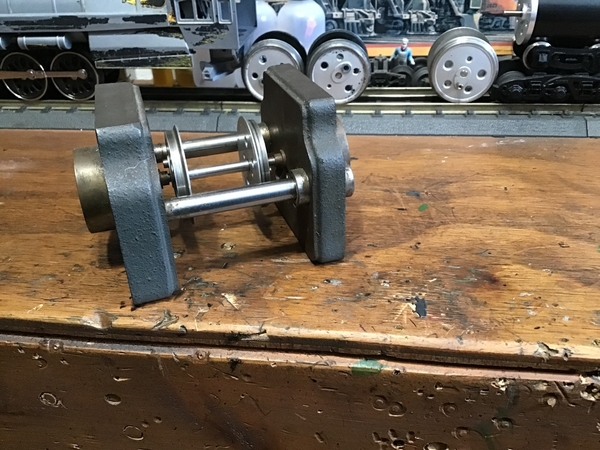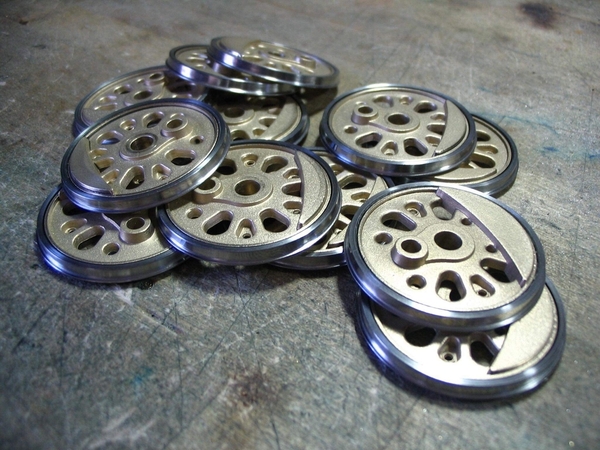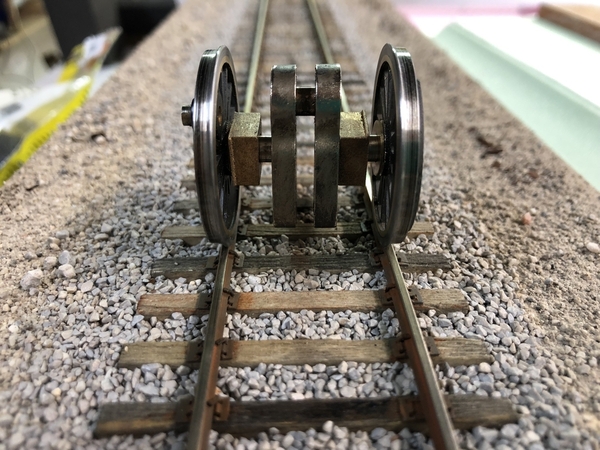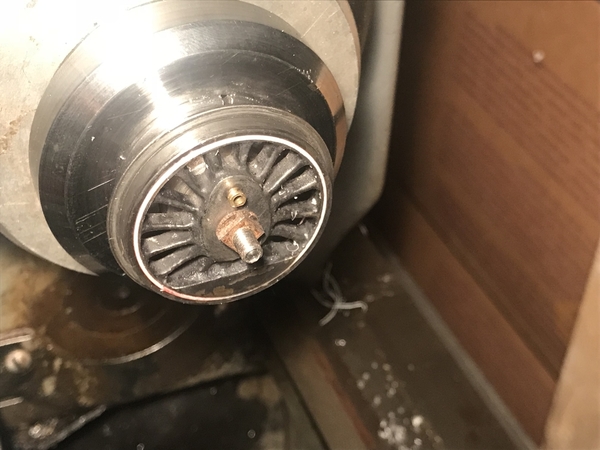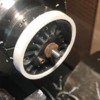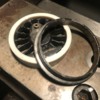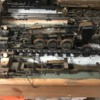@harmonyards posted:I have the NWSL O quartering jig,…..a little fidgety until you get the hang of it,….their crank pin cups I find to be sloppy on most of the wheel sets I’ve worked on,…I’ve long since machined various crank pin cups with better fitment/alignment….I’ve even made cups for MTH products, and use the jig on captured axle frames…..I use an inexpensive arbor that I bought and modified solely for the NWSL jig,….having everything locked down frees up your hands to position stuff for the pressings….I’m not sure if NWSL still produces it or not….I’ve had mine for 20 some odd years now…..
Pat
Do you know the part number for the jig?




